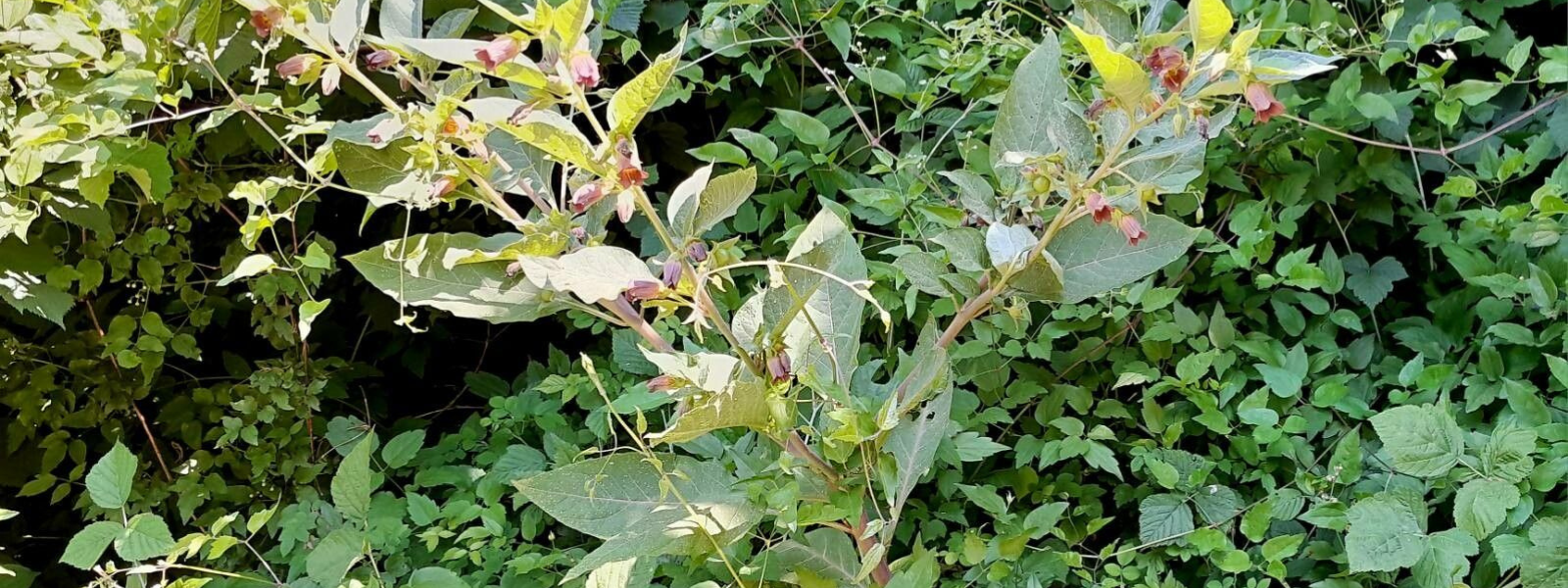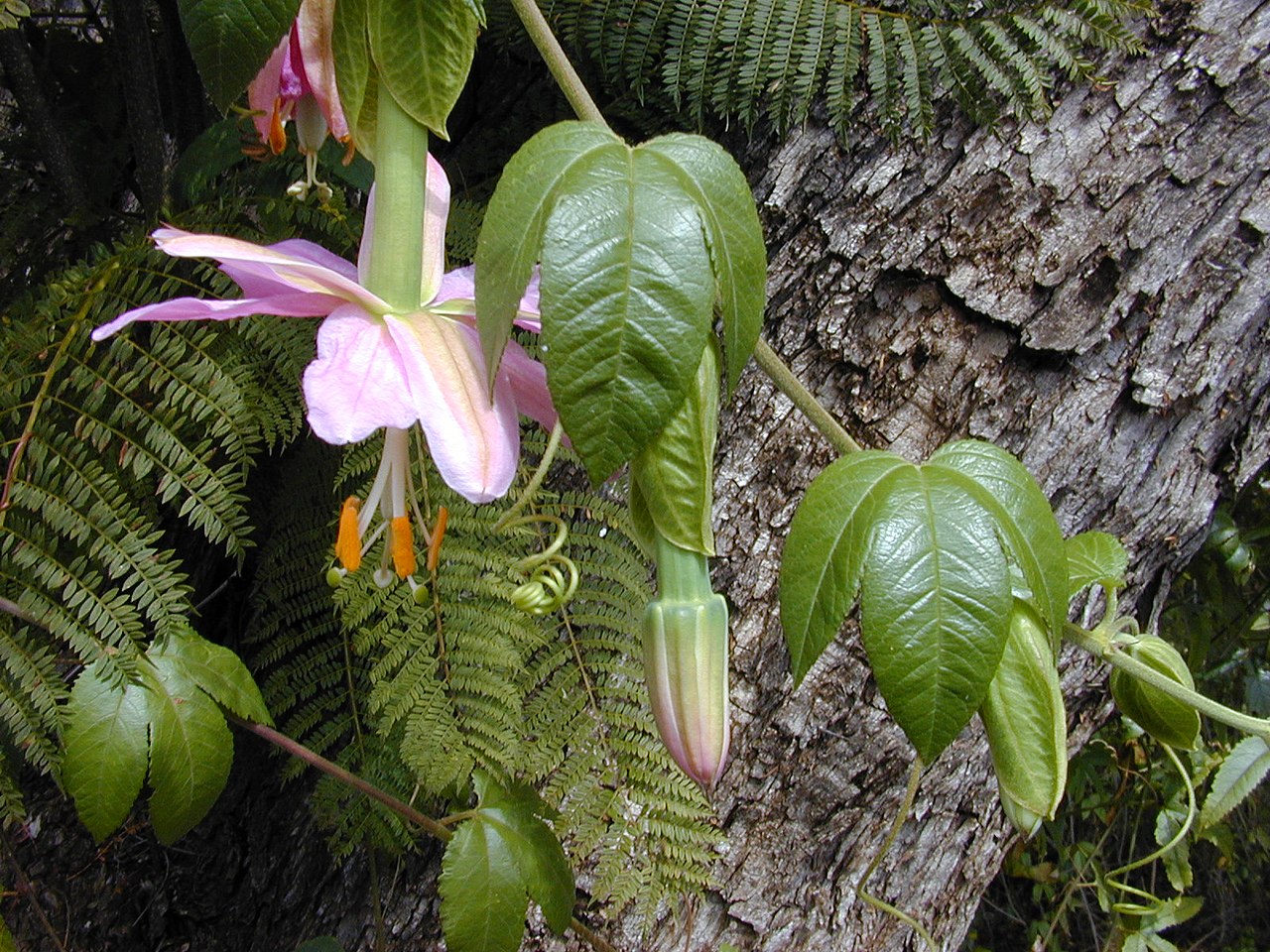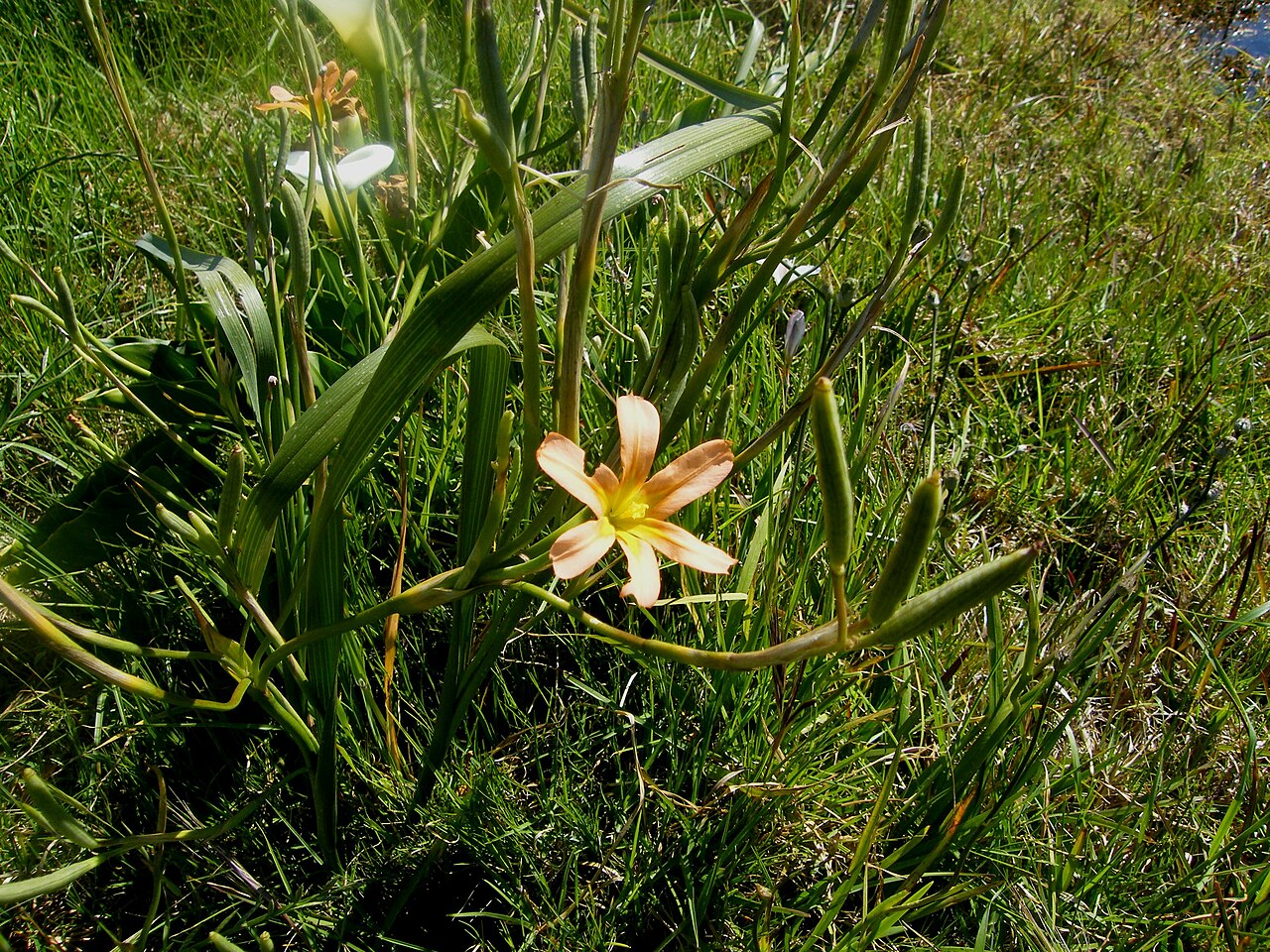
Common Name
Deadly Nightshade, Belladonna, Devil's cherries, Enchanter's nightshade, Devil’s berries
Scientific Name
Atropa belladonna
Family
Solanaceae
Lifecycle
Perennial
Seasons of Growth
Year-round
Key Distinguishing Feature
Herbaceous plant with bell-shaped purple flowers
• It typically grows during the warmer seasons, with flowers and fruit produced in late spring and summer.
• Growth Form: Deadly Nightshade is an herbaceous plant that can reach heights of up to 1.5 meters (5 feet).
• Leaves: The leaves are large, ovate to elliptical, and have an alternate arrangement. They are typically dark green and have wavy or toothed margins.
• Flowers: The flowers are bell-shaped, nodding, and typically purplish to brownish-red in colour. They have five lobes.
• Fruit: The fruit is a small, shiny black or dark purple berry.
• Habitat: Deadly Nightshade is often found in wooded or shaded areas, as well as in disturbed habitats.
Ecological Impact:
• Deadly Nightshade is considered a highly toxic and dangerous plant. It contains tropane alkaloids, including atropine and scopolamine, which can be fatal if ingested by humans or animals.
• It is not typically considered an invasive species in natural ecosystems but is more often found as an occasional plant in suitable habitats.
Control Methods:
• Control of Deadly Nightshade in areas where it poses a risk to humans or animals is important for safety reasons.
• Mechanical methods, such as hand-pulling or cutting, can be used for small infestations.
• Protective measures, such as wearing gloves, are necessary when handling this plant, as contact with skin can be harmful.
• Herbicides may be used for control, but care must be taken to use them safely and effectively, following local regulations.
Deadly Nightshade is a plant that should be approached with extreme caution due to its high toxicity. Control measures are primarily focused on minimizing the risk of exposure to humans and animals.




